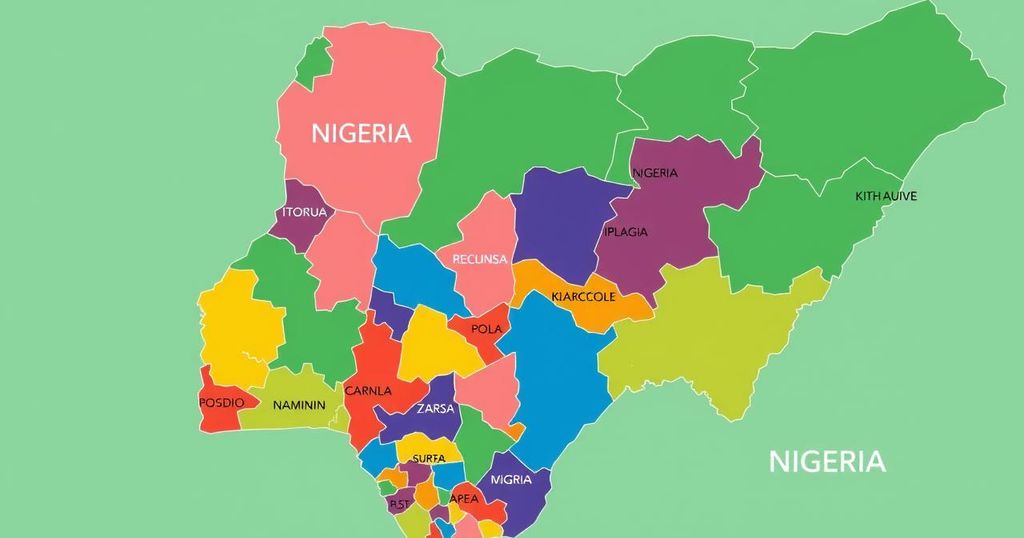The International Organization for Migration conducted Round 16 assessments revealing that 1,322,766 internally displaced persons are present in North-Central and North-West Nigeria, indicating a 10% increase from prior assessments. The data, collected between October and November 2024, focused on ten states most affected by conflict, reflecting ongoing issues related to attacks, disasters, and seasonal movements.
The report summarizes the findings from Round 16 of the Displacement Tracking Matrix (DTM) assessments regarding internal displacement in North-Central and North-West Nigeria, conducted by the International Organization for Migration (IOM). The assessment, which took place from October to November 2024, covers the ten most conflict-affected states in the region, including Benue, Kano, Kaduna, Katsina, Kogi, Niger, Nasarawa, Plateau, Sokoto, and Zamfara. These regions rank as the second most affected by conflict in Nigeria, following the North-East.
In Round 16, the assessment identified 1,322,766 internally displaced persons (IDPs) residing in 225,458 households. This figure represents an approximate 10 percent increase, equating to an additional 130,350 individuals compared to Round 15. The rise in displacement is primarily attributed to several factors, including the evaluation of new locations and ongoing violent attacks, as well as seasonal migration linked to agriculture and the pursuit of safety and better living conditions.
The assessment for Round 16 encompassed 1,761 locations throughout the ten affected states, including 104 designated camps and camp-like settlements, in addition to 1,657 sites where IDPs cohabitate with host communities, as reported in November 2024. This comprehensive data helps to provide crucial insights into the current dynamics of internal displacement in Nigeria.
The analysis of Round 16 DTM assessments reveals significant insights into the growing population of internally displaced persons in North-Central and North-West Nigeria. Factors contributing to this increase include new assessments, violence, and seasonal mobility, emphasizing the ongoing challenge within these regions. The detailed evaluation of numerous locations will aid efforts in addressing the needs of IDPs and mitigating the effects of displacement.
Original Source: reliefweb.int




